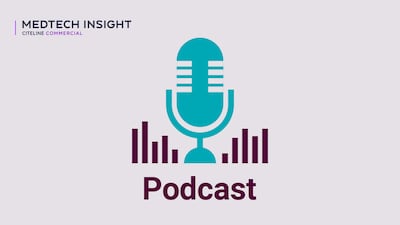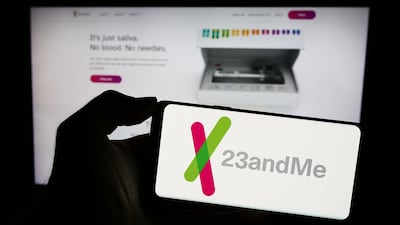Since the FDA approval of Boston Scientific Corp.'s (BSX) WATCHMAN device in March, the market for transcatheter left atrial appendage closure (LAAC) devices has reached a tipping point. After a long regulatory saga, the FDA approved WATCHMAN with a broader label than some had expected, opening the door to a potentially billion dollar plus market and offering hope to millions of patients suffering with atrial fibrillation (AF). Patients with atrial fibrillation are at five times the risk of having a thromboembolic stroke, and the left atrial appendage (LAA), (a small pouch that branches off the left atrium) has been implicated as the main source of thrombus formation in the majority of strokes (90% to 95%) associated with non-valvular AF.
Today, anticoagulation with warfarin or one of the new oral anticoagulants (NOACs) such as Xarelto (rivaroxaban) or Pradaxa (dabigatran) remains the standard of care for treating patients with AF. However, there are bleeding risks, compliance issues and other limitations associated with drug therapy
Read the full article – start your free trial today!
Join thousands of industry professionals who rely on Medtech Insight for daily insights
- Start your 7-day free trial
- Explore trusted news, analysis, and insights
- Access comprehensive global coverage
- Enjoy instant access – no credit card required
Already a subscriber?







